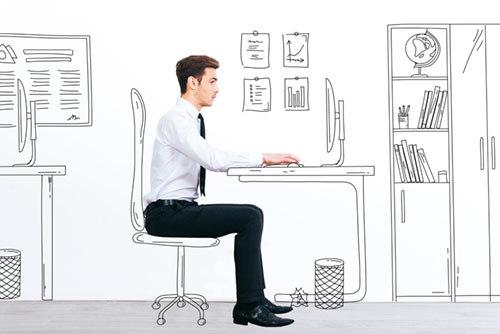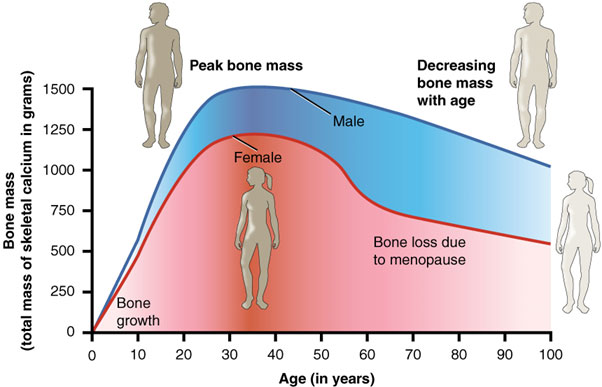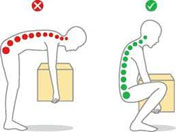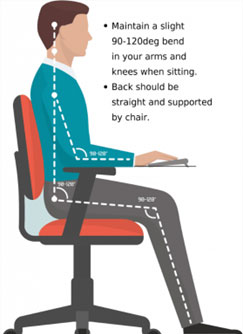
The skeletal system consists mainly of bones and cartilages where bones are the major components; cartilages have special functions in different places including new bone formation, shock absorption, reducing frictional force in joints and providing flexibility. The skeletal system is dynamic, with varying anatomy and functions during different periods of our lifetime. Like Superstar’s philosophy of multiples of eight in life, our skeletal system has a twenty-year trend! Initial 20 years – growing bone and very resilient cartilage; hence, the chance of injury is less with very high healing and regenerative potential. Second 20 years – bone is at its strongest best with cartilage achieving its plateau of regeneration potential, serving the purpose of shock absorption and joint gliding with its smooth surface. Third 20 years – bone starts losing its strength (calcium reserve), more quickly in women and cartilage starts wearing. Fourth 20 years – coping up with remaining bone strength and worn-out cartilage. Hence, the initial 40 years of life is the period to invest in and build skeletal strength to lead a pain-free third twenty and relatively pain-free fourth.
The bone strength is measured by its mineral density (i.e.) the amount of calcium deposited in bone with a DEXA scan and it is termed osteopenia if density is moderately low and osteoporosis if severely low. The progressive age-accumulated wear and tear in joint cartilage leading to joint pain, swelling and instability is called osteoarthritis which is more prevalent in the knee joint in the Indian population. Unlike any other disease, these two are more of an age-related change just like the greying of hair. However, the concern arises when these changes transpire at an earlier-than-expected age. Mild osteoarthritis may be normal for a 65-year-old individual, but it is a disease for a 40-year-old and this holds true for osteoporosis also. Low bone mineral density at a younger age (less than 60 years for females and 70 for males) should be treated seriously with proper investigations to find the root cause.

Preventive Measures:
Osteoporosis
- Balanced nutritious diet habits right from childhood.
- Regular physical activity – weight-bearing activities like walking and running, and weight lifting for upper body strength.
- Proper lifestyle – no smoking, adequate sleep and sunlight exposure.
- Periodic check-up if predisposing conditions and family history are present.
- Calcium and vitamin D supplements depending on age and specific needs.
Osteoarthritis
- Build the muscles to support your joints.
- Keep moving.
- Don’t restrict your activities with age, but adjust the way you do it according to your age. For example, if a 60-year-old person who has been running 5 km a day for the last 30 years starts to get knee pain while running, he/she can switch to fast walking the same 5 km rather than quitting. Similarly, all activities can be done comfortably in a slightly modified way according to your functional level and age which can be taught by the physiotherapist or doctor.
- Don’t neglect chronic joint pain; treating minor ligament injuries promptly can prevent the progression to arthritis.
Although these two conditions are part and parcel of the normal ageing process, how soon they manifest depends mostly on the care we take during the initial 40 years of age. One with good bone mineral density and agile joints at 40 years will have a pain-free life at 60, whereas one with weak bones and cartilage at 40 will obviously suffer at 60.
So, What After 60?
Activity Modification
As mentioned above.
Dietary Supplementation
Calcium should be supplemented post-menopause or at least after 60 years of age.
Ergonomic Modifications
To prevent falls as well as to minimize the stress on the joints.
To Prevent Falls:

- Clutter-free and well-lit home environment to prevent falls.
- Safety railing at risky places including the washroom.
- Motion sensing lights.
- Anti-glide floor mats and non-slippery floor finishings.
- Utilizing proper walking aid (cane, crutch or walker) if there is unsteadiness.

To Minimize the Joint Stress and Resultant Wear and Tear:
- Avoid sitting on the floor and complete squatting.
- Sleeping on your stomach can strain your spine.
- Stairs should not be taller than 6 inches.
- Proper bending technique.
Sitting in an optimum height chair – sitting at a low level can strain your back and knee. When you sit, your hip should be at or above your knee level.
So dear readers, though our bones undergo all the above changes, remember that the bones are the only remains of one’s body after life. So, it’s your wealth to keep it in good health.

Dr. P. Keerthivasan
Consultant Orthopaedic Spine Surgeon,
Kauvery Hospital Chennai

